Snow Leopard: The Ghost of the Mountains

High up in the Himalayas, where moonlight barely penetrates the rocky terrain, snow leopards prowl with eyes that seem to glow like lanterns. Their oversized pupils can dilate to nearly three times the size of a house cat’s, capturing every photon of available light. These magnificent predators have a reflective layer called the tapetum lucidum that acts like a mirror behind their retinas.
What makes their night vision truly extraordinary is how they hunt during twilight hours when most prey animals think they’re safe. A snow leopard can spot a blue sheep moving against granite cliffs from over 300 yards away in conditions that would leave humans stumbling blind. Their pale green eyes aren’t just beautiful – they’re precision instruments evolved for survival in one of Earth’s harshest environments.
Jaguar: The Shadow Hunter of the Amazon
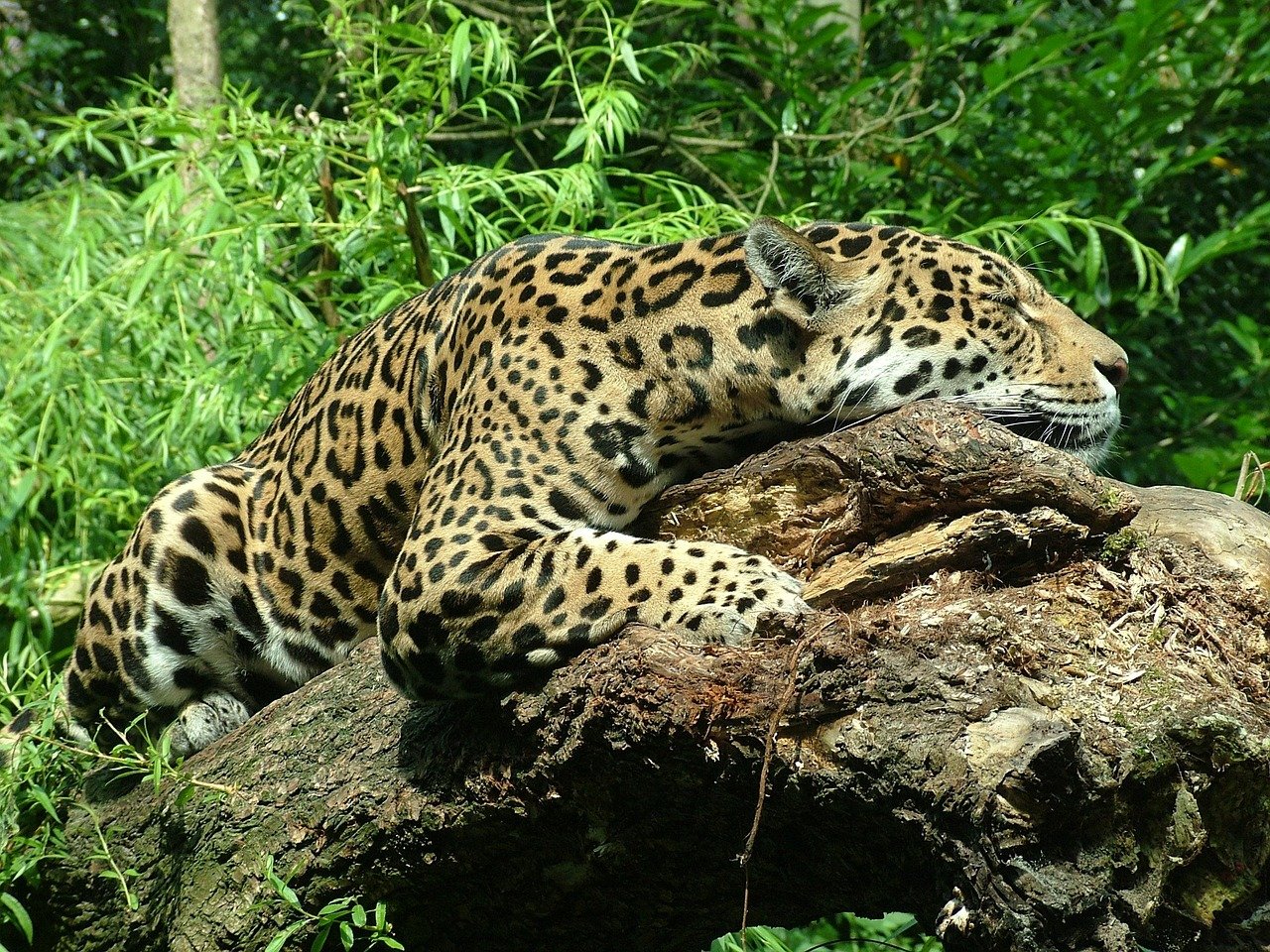
Deep in the Amazon rainforest, where the canopy blocks out 95% of sunlight, jaguars have developed some of the most powerful night vision in the big cat world. Their eyes contain six times more rod cells than human eyes, making them incredibly sensitive to even the faintest light. These spotted hunters can navigate through complete darkness using nothing but starlight filtering through leaves.
Unlike other big cats that avoid water, jaguars often hunt at night along riverbanks where their exceptional vision gives them a deadly advantage. They can spot caimans lurking just beneath the surface or track tapirs drinking at the water’s edge. Their amber eyes reflect light so efficiently that indigenous people once believed jaguars could see into the spirit world.
Leopard: The Perfect Nocturnal Predator

When the African sun sets and most animals seek shelter, leopards emerge as the ultimate darkness dwellers. Their eyes are specially adapted with a high concentration of rhodopsin, the protein that makes night vision possible. This gives them the ability to see in light levels that are one-sixth of what humans need to function.
Leopards are so confident in their night vision that they often hunt in complete darkness, relying on their eyes to track prey through dense vegetation. They can distinguish between different shades of gray that would appear completely black to us. Their hunting success rate actually increases at night, when their superior vision gives them an almost unfair advantage over unsuspecting prey.
Cougar: The Silent Stalker of North America
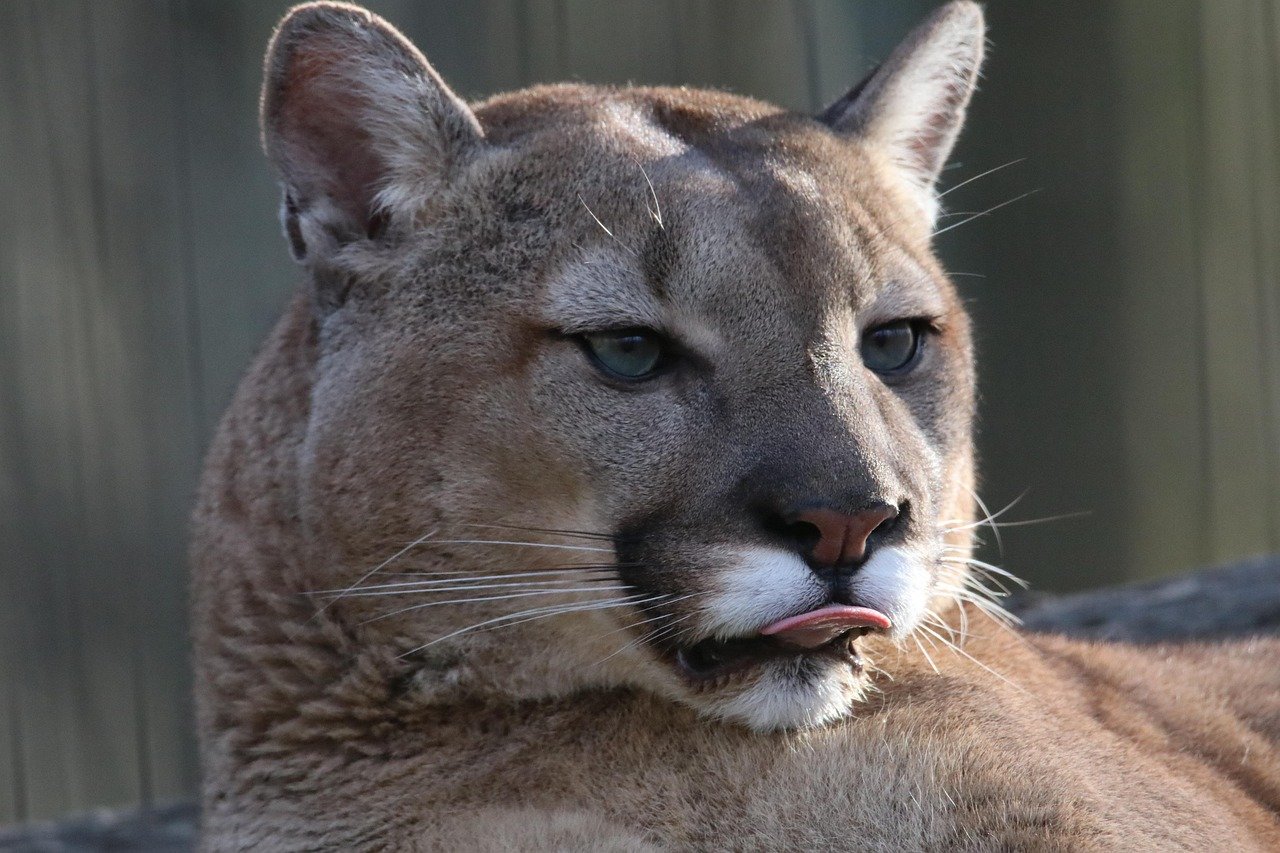
Mountain lions, or cougars, possess some of the most advanced night vision adaptations among North American predators. Their eyes are proportionally larger than most big cats, with pupils that can open incredibly wide to gather maximum light. The tapetum lucidum behind their retinas reflects light back through the eye, giving them that characteristic green glow in darkness.
These solitary hunters are most active during dawn and dusk, periods when their vision advantage is most pronounced. A cougar can track a deer through dense forest undergrowth using only ambient starlight, moving with deadly precision through terrain that would be impossible for humans to navigate. Their night vision is so acute that they can detect the slightest movement from prey animals trying to hide in shadows.
Lynx: The Cold-Weather Vision Specialist
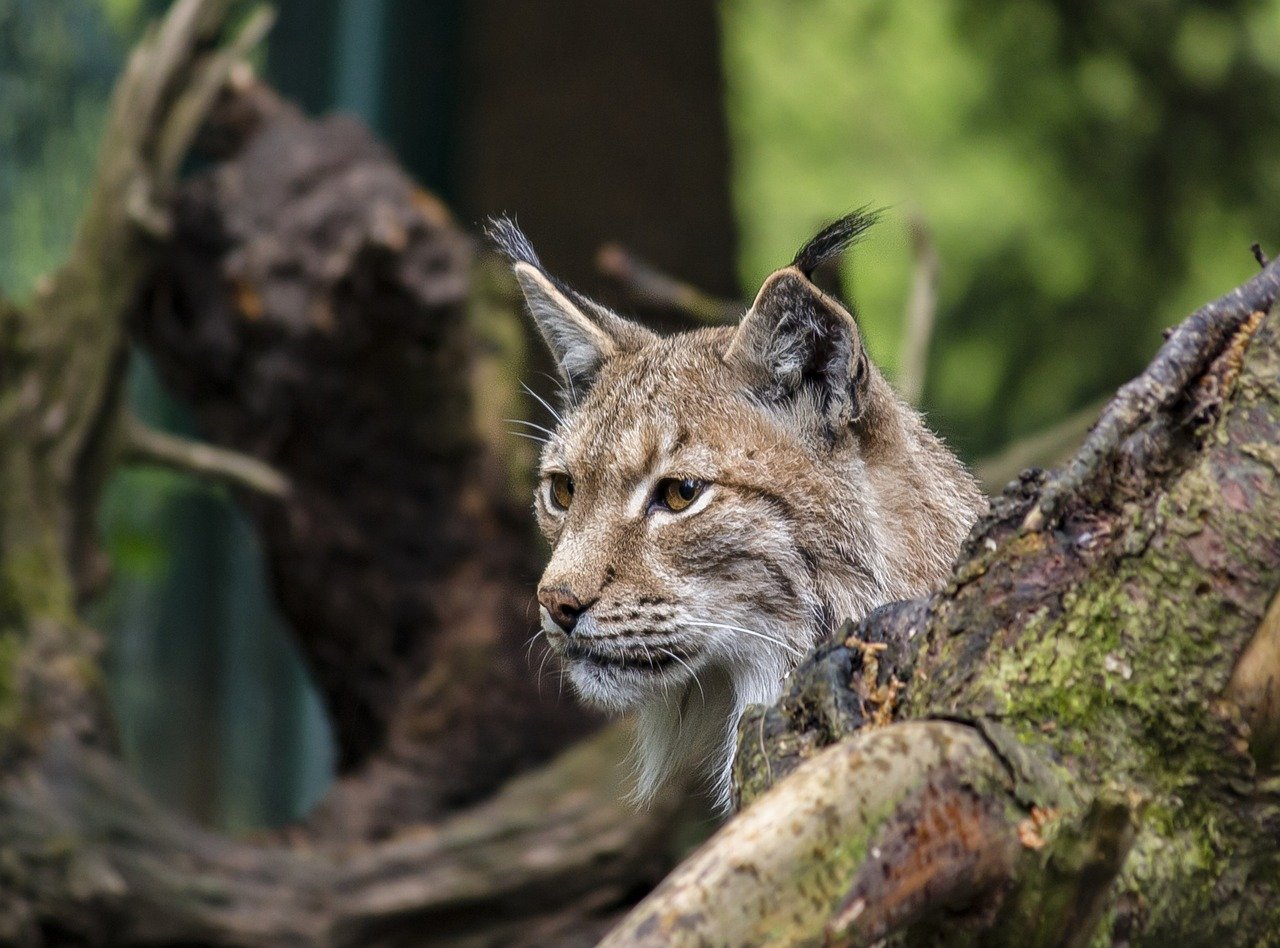
In the frozen wilderness of Canada and Alaska, lynx have evolved extraordinary night vision to survive brutal winters where daylight is scarce. Their large, bright yellow eyes are perfectly adapted for hunting in low-light conditions that last for months. The structure of their eyes allows them to process available light with remarkable efficiency, making them deadly predators even in sub-zero temperatures.
What sets lynx apart is their ability to hunt effectively during polar nights when the sun doesn’t rise for weeks. They can spot snowshoe hares against white snow in conditions that would render other predators helpless. Their oversized paws act like snowshoes, allowing them to pursue prey silently through deep snow while their superior night vision guides every step.
Caracal: The Desert Night Hunter
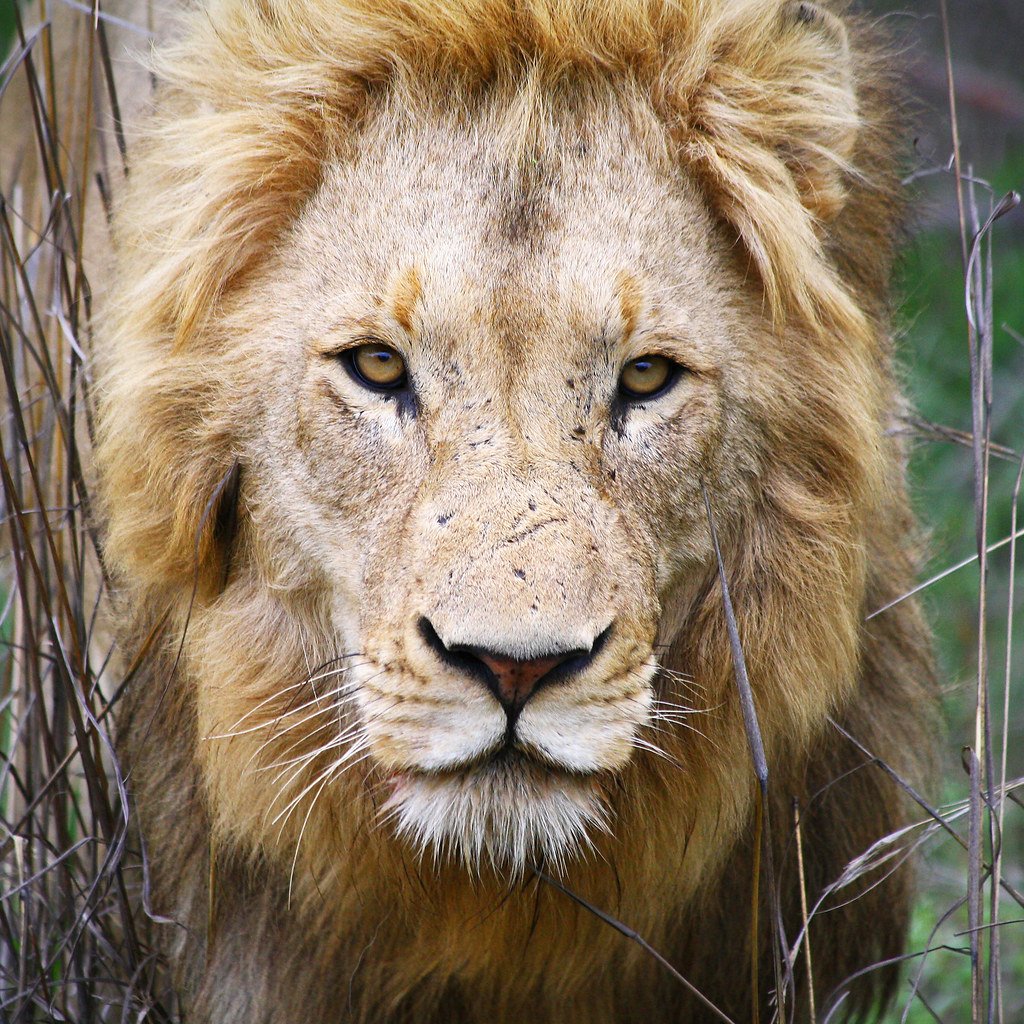
In the harsh deserts of Africa and Asia, caracals have developed night vision that rivals any nocturnal predator. Their distinctive black-tufted ears aren’t just for show – they work in perfect coordination with their exceptional eyesight to locate prey in complete darkness. These medium-sized cats can leap up to 10 feet in the air to catch birds, guided entirely by their remarkable night vision.
Caracals are most active during the cooler night hours when their prey ventures out to feed and drink. Their eyes contain a special arrangement of cells that amplifies even the faintest moonlight, allowing them to hunt with surgical precision. Desert nights that would leave humans completely disoriented become hunting grounds where caracals reign supreme, their golden eyes cutting through darkness like searchlights.
Ocelot: The Rainforest’s Nocturnal Jewel
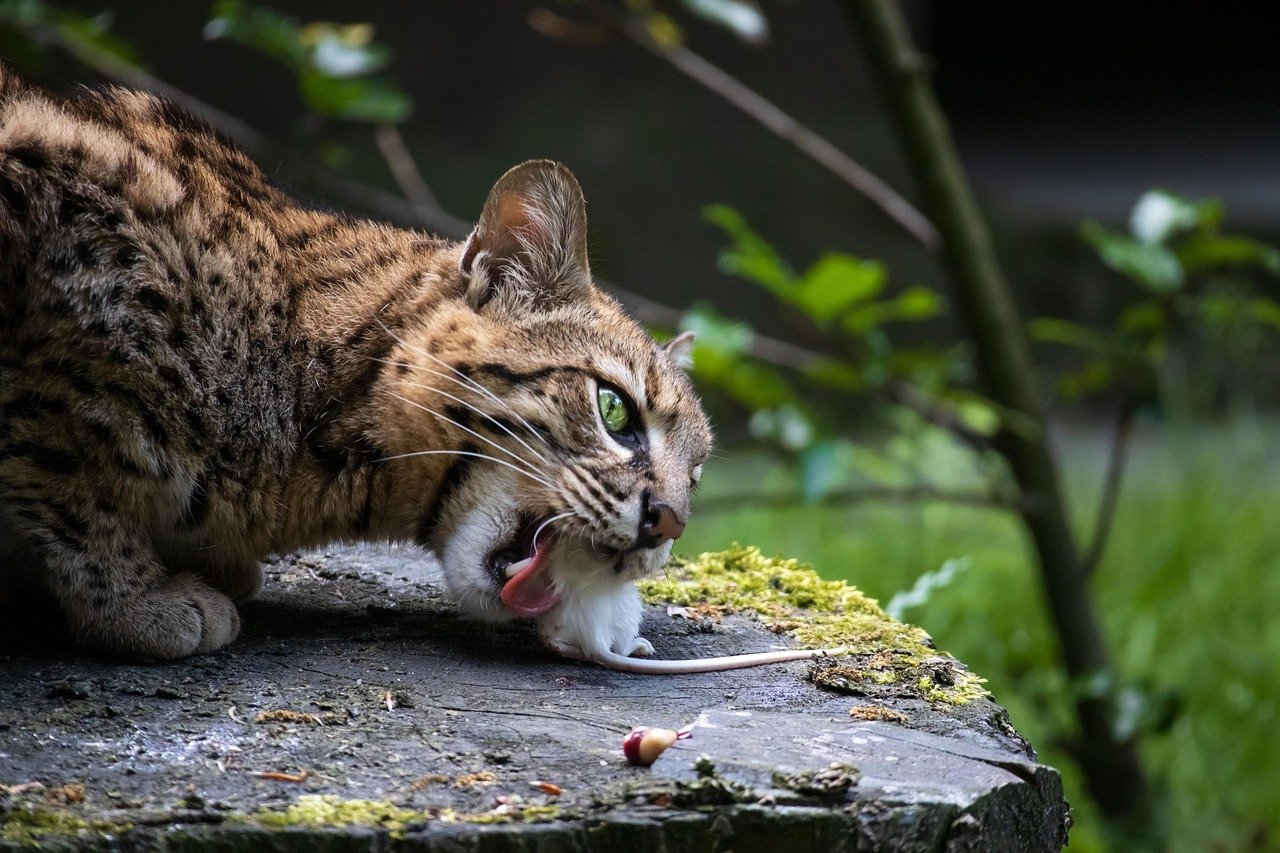
Hidden in the dense rainforests of Central and South America, ocelots possess night vision that’s perfectly adapted for life in perpetual twilight. Their large, dark eyes are designed to capture maximum light in environments where the sun rarely penetrates to the forest floor. These beautiful cats can navigate through tangled vegetation and hunt small mammals with incredible accuracy in near-total darkness.
Ocelots are primarily nocturnal hunters, emerging when most other animals are settling down for the night. Their eyes work like biological night-vision goggles, allowing them to spot prey moving through undergrowth that would be invisible to diurnal predators. The reflective layer in their eyes is so efficient that even a sliver of moonlight becomes enough illumination for a successful hunt.
Serval: The Grassland Night Vision Champion
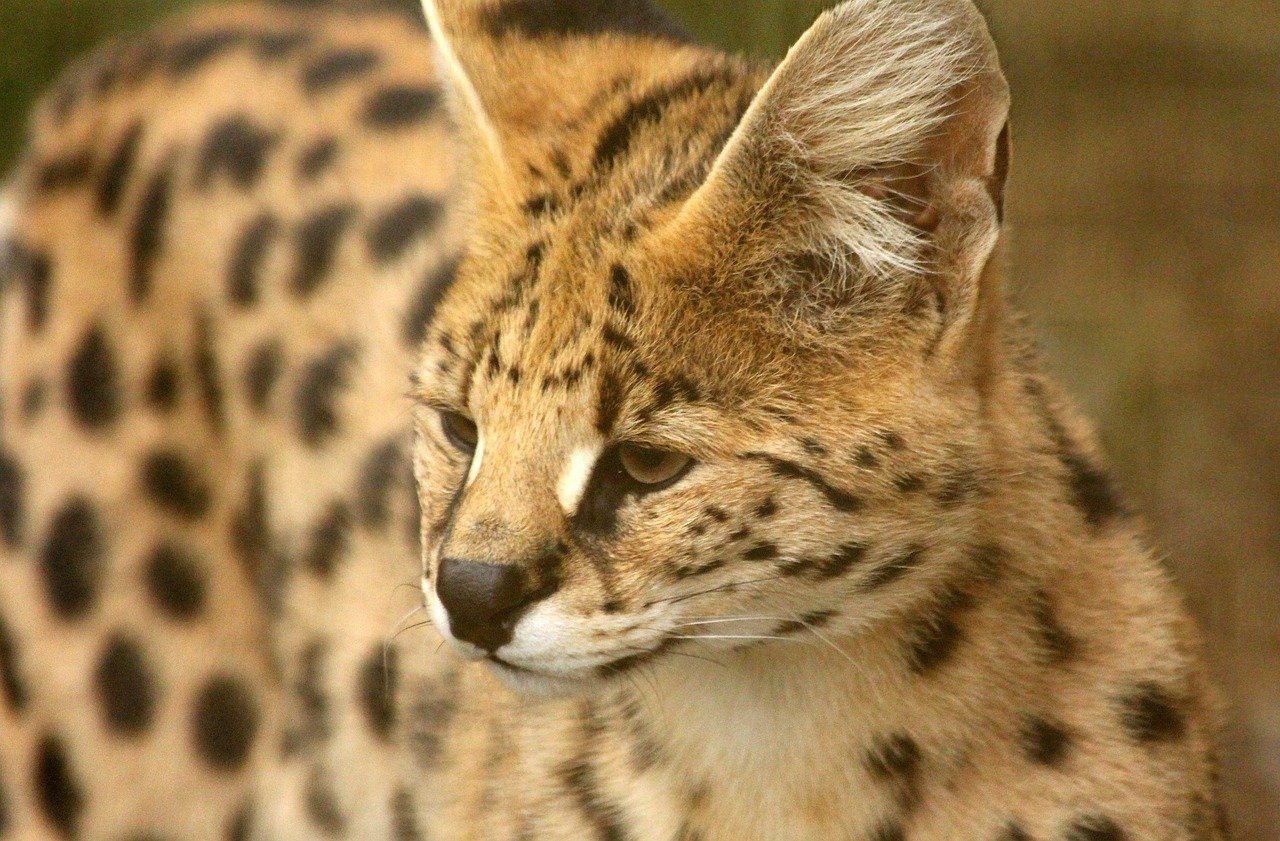
On the African savannas, servals have evolved some of the most sensitive night vision among wild cats. Their disproportionately large ears work in perfect harmony with their exceptional eyesight to create a deadly combination of senses. These long-legged hunters can detect the slightest movement of rodents in tall grass, even on moonless nights when visibility is nearly zero.
Servals are unique among big cats because they rely heavily on their hearing to complement their night vision, creating a multi-sensory hunting experience. Their eyes can process infrared light wavelengths that help them detect warm-blooded prey against cooler backgrounds. This thermal vision capability, combined with their ability to see in extremely low light, makes them incredibly effective nocturnal predators in grassland environments.
The Science Behind Their Supernatural Vision
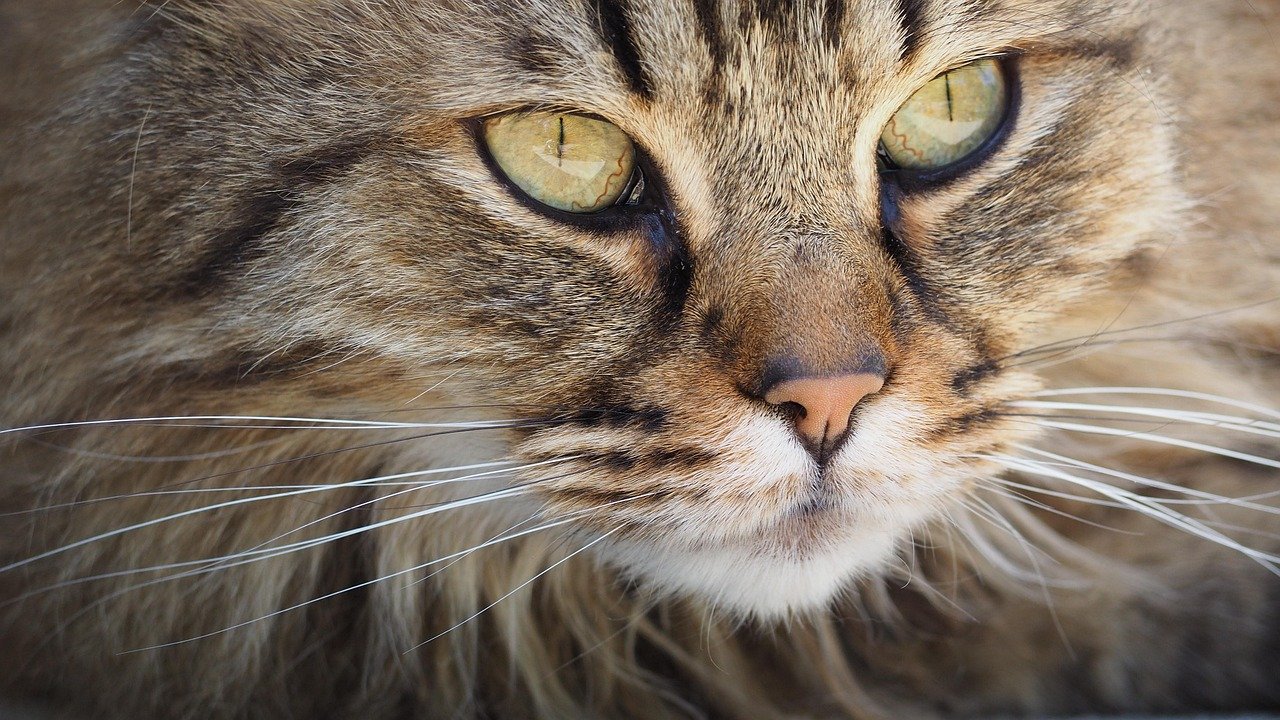
The secret to these big cats’ incredible night vision lies in several key adaptations that work together like a perfectly engineered system. Their eyes contain millions more rod cells than human eyes, specialized photoreceptors that detect light and movement in darkness. The tapetum lucidum acts like a biological mirror, reflecting light back through the retina to give photoreceptors a second chance to capture photons.
Perhaps most remarkably, these cats have pupils that can dilate to enormous sizes, sometimes expanding to nearly circular shapes that gather maximum available light. Their corneas are also proportionally larger than those of diurnal animals, creating bigger “windows” for light to enter. This combination of features allows them to see clearly in light conditions that are up to eight times dimmer than what humans require for basic vision.
Conclusion: Masters of the Night
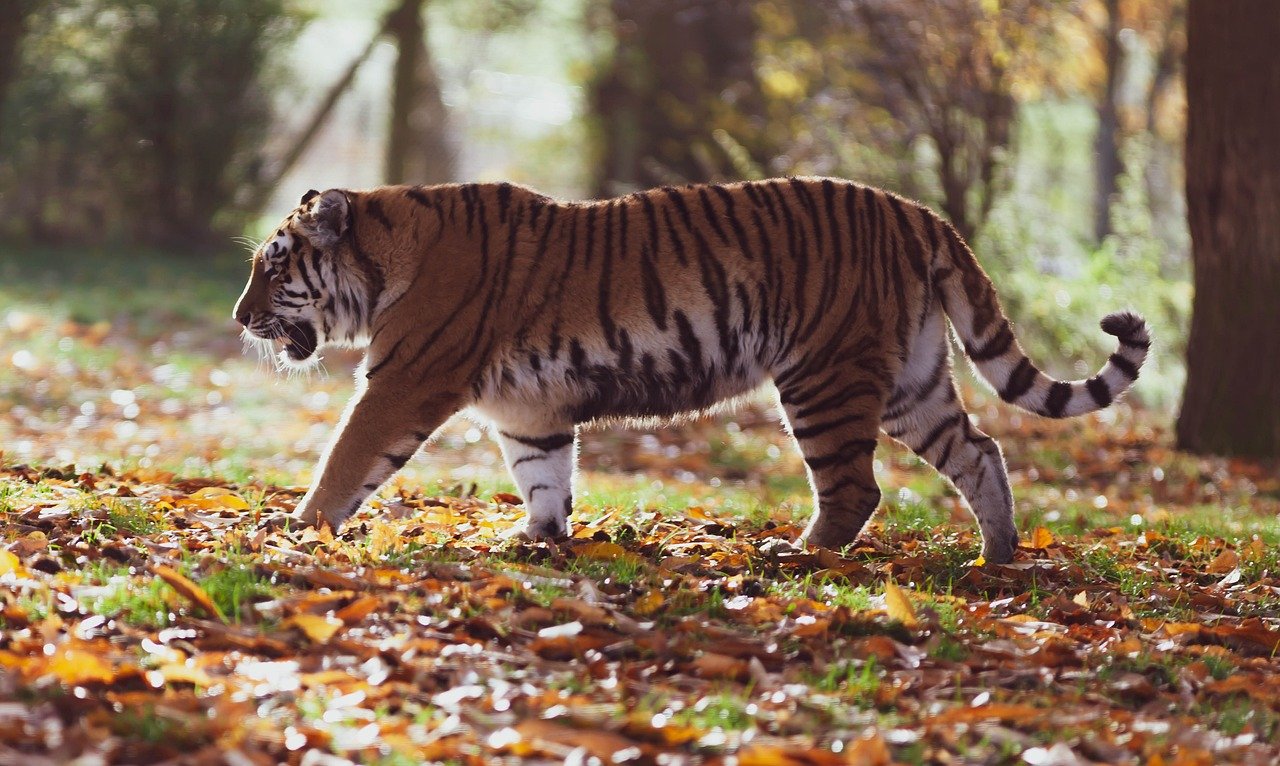
These eight incredible big cats prove that evolution has created some truly extraordinary solutions for surviving in darkness. From the frozen peaks of the Himalayas to the steamy rainforests of South America, each species has developed unique adaptations that turn night into their greatest advantage. Their eyes aren’t just organs of sight – they’re sophisticated biological instruments that transform darkness from an obstacle into an opportunity.
The next time you see your house cat’s eyes glowing in the dark, remember that you’re witnessing an ancient evolutionary gift that connects them to their wild relatives. These magnificent predators remind us that sometimes the most beautiful adaptations are also the most deadly. Which of these night vision champions impressed you the most?
Hi, I’m Bola, a passionate writer and creative strategist with a knack for crafting compelling content that educates, inspires, and connects. Over the years, I’ve honed my skills across various writing fields, including content creation, copywriting, online course development, and video scriptwriting.
When I’m not at my desk, you’ll find me exploring new ideas, reading books, or brainstorming creative ways to solve challenges. I believe that words have the power to transform, and I’m here to help you leverage that power for success.
Thanks for stopping by, Keep coming to this website to checkout new articles form me. You’d always love it!






